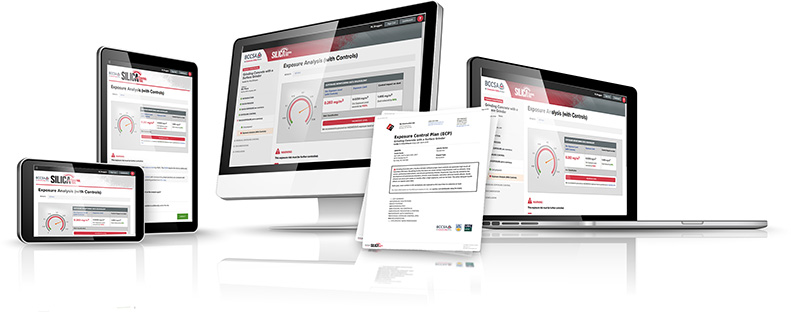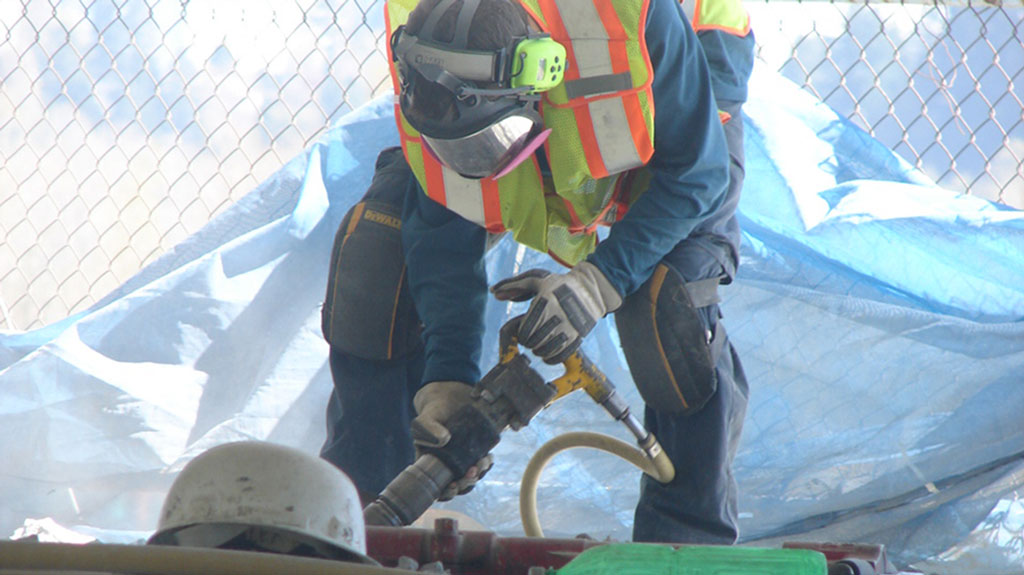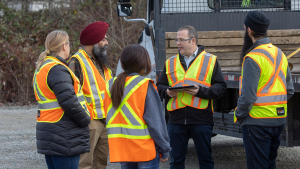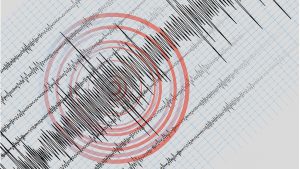The BC Construction Safety Alliance (BCCSA) plans to use this summer to bolster its innovative digital silica management tool.
The online tool was developed by the BCCSA in partnership with WorkSafeBC and the University of B.C. (UBC). It enables employers to analyze silica exposure levels in their workplace and automatically develop an exposure control plan.
Users can generate a custom exposure control plan for specific work environments and tasks. The online tool works on desktops, tablets and smartphones. The generated control plans can be managed and stored electronically.
The data that helps the tool generate plans is either collected directly onsite or mined from already collected data.
Ammar Kavazovic, BCCSA program manager for the silica tool, explained that UBC reached out with an offer to have occupational hygienist students assist with data collection for the next few months.

“The end result will collect at lot more data and make the tool more robust,” said Kavazovic. “It will add new tasks and activities to the tool and give additional data to the tasks we already have. The more data, the more accurate the estimate.”
Kavazovic explained before the tool can generate estimates or a plan for an imputed situation, it must have multiple data sets. He noted that the BCCSA currently has a large set just under the five or so sets of data needed that they want to clear.
“We call these ‘low hanging fruit’ activities,” said Kavazovic.
Kavazovic said that in the early phases of the tool, a lot of literature was available already with data. Other jurisdictions also have data, but Kavazovic said local data is ideal as even the local properties of rock used can have an impact.
“The most valuable data is collected directly in the field in B.C.,” he said. “It gives us the most accurate estimation of conditions here.”
Kavazovic explained the data is collected from volunteer companies by an occupational hygienist onsite who gives a brief orientation and then sets up non-disruptive instruments to measure silica levels.
These instruments often go on a worker’s clothes.
Then the worker conducts their day normally and the results are analyzed by a lab and safety experts. If the process has gone properly, the company then gets a detailed report going over the results and the data is entered into the tool.
“That activity eventually becomes an option in the tool for the user to select, like cutting concrete with a walk-behind saw, for example” said Kavazovic.
Kavazovic encouraged any employer interested in volunteering to contact him at akavazovic@bccsa.ca.
Follow the author on Twitter @RussellReports.











Recent Comments
comments for this post are closed